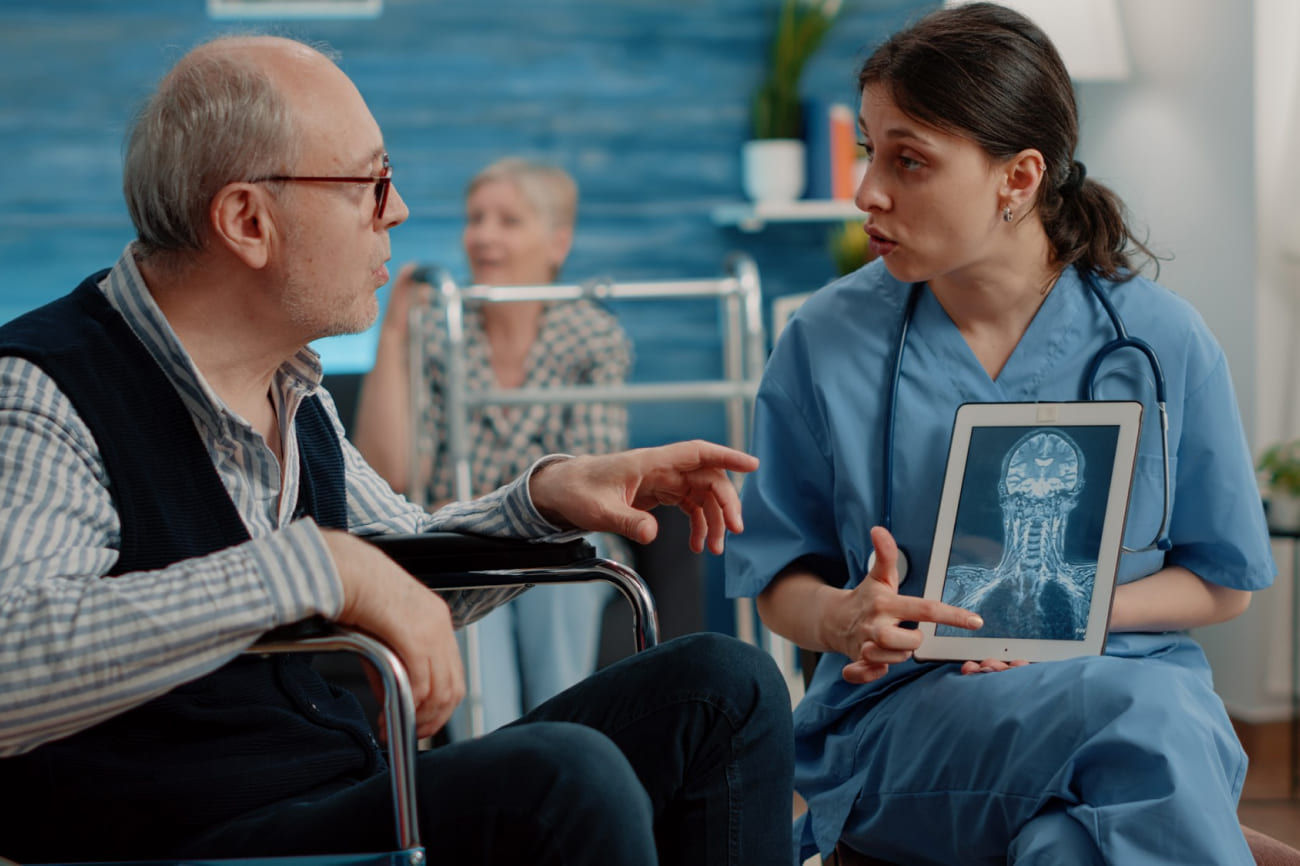
Parkinson’s Disease Treatments: An Overview
Parkinson's disease is a neurodegenerative disorder that primarily affects movement. It develops when the brain's nerve cells, especially those responsible for controlling muscle movement, become damaged or die. Although there is no cure for Parkinson’s disease, a variety of treatment options exist to manage the symptoms and improve the quality of life. In this blog, we’ll explore 6 non-medication approaches that can help individuals with Parkinson's disease lead more comfortable, fulfilling lives.
-
Physical Therapy
As Parkinson’s disease progresses, it can cause muscle stiffness, tremors, and coordination issues. Physical therapists help individuals maintain mobility and reduce fall risks through tailored exercise programs that improve strength, flexibility, balance, posture, and walking speed. For advanced stages, therapy may also include strategies for managing daily activities like standing up or walking independently.
-
Occupational Therapy
Occupational therapy helps individuals with Parkinson’s disease maintain independence and improve their quality of life by teaching strategies for performing daily tasks like eating, dressing, and bathing more easily. Therapists assess how the disease impacts activities and provide adaptive tools, such as dressing aids, grab bars, or modified utensils. They also suggest home modifications to enhance safety and functionality.
-
Speech Therapy
Many people with Parkinson’s disease face challenges with speech and swallowing as the disease progresses, but speech therapy can help. Therapists work on improving vocal volume, articulation, and clarity while strengthening the muscles used in speech. For swallowing difficulties (dysphagia), therapy includes exercises to enhance swallowing and prevent choking, ensuring safer and clearer communication.
-
Deep Brain Stimulation (DBS)
Deep brain stimulation (DBS) is a surgical procedure for individuals with Parkinson’s whose symptoms don’t improve with non-medication therapies or who experience severe medication side effects. A device is implanted in the brain to regulate abnormal activity with electrical impulses, helping reduce tremors, rigidity, and other motor symptoms. While not a cure, DBS can significantly improve movement, daily functioning, and overall quality of life.
-
Lifestyle Modifications
Regular exercise, such as walking, swimming, or yoga, improves motor function, balance, and flexibility. A balanced diet of fruits, vegetables, lean proteins, whole grains, and proper hydration supports energy and overall health. Prioritizing rest is equally important, as Parkinson’s can disrupt sleep. So, establishing a relaxing bedtime routine and aiming for 7-9 hours of sleep each night can enhance well-being and daily function.
-
Support Groups
Living with Parkinson’s disease can be emotionally challenging for both patients and their families. Support groups offer a safe space for individuals to share their experiences, discuss challenges, and provide emotional support. These groups are also a valuable source of information about coping strategies, available resources, and the latest treatment developments.
Although people commonly use medications to manage Parkinson’s disease, many non-medication treatments also provide significant relief. With these approaches, people living with Parkinson’s can maintain their independence, manage symptoms more effectively, and continue to lead fulfilling lives.
However, consulting a healthcare professional is crucial before starting any treatment plan. They can assess individual needs, tailor therapies accordingly, and ensure a safe and effective approach to managing Parkinson’s disease.
